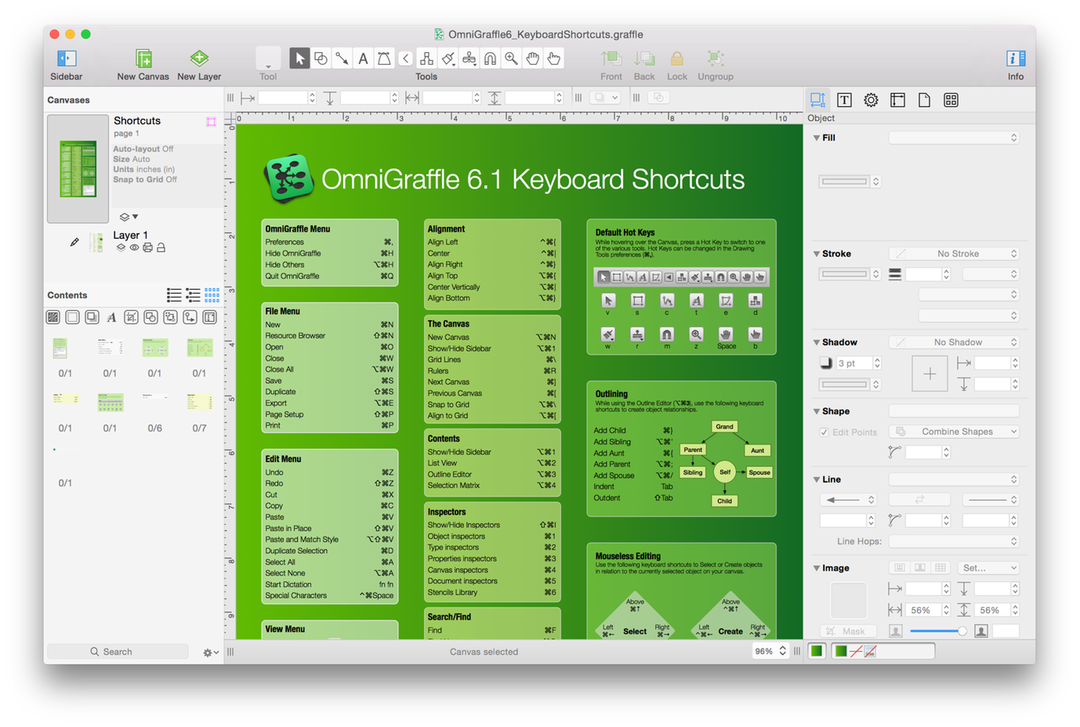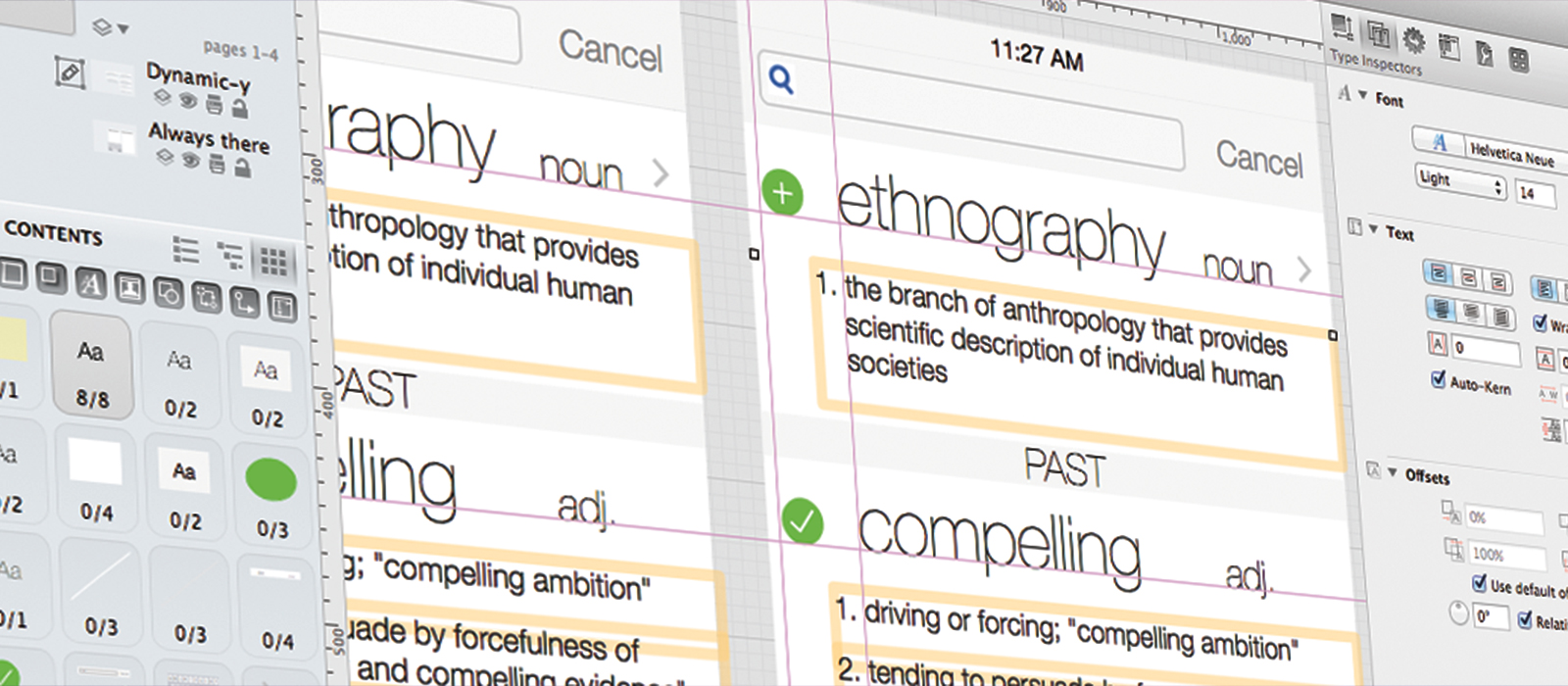
- LEARNING OMNIGRAFFLE PRO
- LEARNING OMNIGRAFFLE PLUS
- LEARNING OMNIGRAFFLE PROFESSIONAL
rapidly generate ideas without the constraints of a wireframing tool. “My client wants to look at something more polished than sketches and doesn’t understand my sketches.”īy blasting past sketching, UX designers miss out on the opportunity to. This means you need more practice at sketching!) “My sketching ability is poor, so I wouldn’t be able to communicate the ideas I’m trying to convey.” (The issue is valid, but the end result isn’t. “Because I’m so proficient with this tool, I can ideate in the tool and more quickly achieve my goal of delivering wireframes once we solidify our ideas.”. Some of the justifications I hear are these: Too often, I see UX designers skip sketching and jump into their wireframing tool of choice right away. As long as you’re designing something that people will use on a screen, the way you communicate your design should use a visual medium. Sketching should be your go-to tool anytime you’re discussing or iterating on ideas. It would be difficult to overemphasize the importance of sketching ideas early on, during wireframing and even afterward. But as you read on, you’ll see that I’ve found some ways to create wireframes more efficiently, with some UX process and philosophy sprinkled in. So, in comparison to agencies that primarily do Web work, the problems that we run into at Deloitte Digital may be amplified-because we’re dealing with more platforms, devices, interactions, and potentially, the consequent slowing of our workflows.īecause of this, I’m always trying to make my wireframing workflow more efficient, so I can spend more time sketching, thinking about problem spaces, and getting my work out to the broader team for review, so I can iterate on my designs-especially when I’m working on multiple platforms at the same time! Boil down all these problems and needs, and you get this: Wireframe fast at the lowest fidelity possible to communicate and elicit usable feedback from stakeholders. We do both Web and extensive native mobile design work. Along the way, I facilitate that process by doing user research, sketching, creating personas, and wireframing. As a Senior UX Designer, I get paid to solve problems for clients. Pro: An easy way to just… start.Working in an agile studio for Deloitte Digital has its UX challenges. LEARNING OMNIGRAFFLE PRO
Pro tip: Look into Keynotopia for the template to use with Keynote.Con: Not as full-featured as the other options on this list.Pro: Free with an Apple MacBook, easy to use.
LEARNING OMNIGRAFFLE PLUS
Plus the final result looks pretty dang good! Everyone with a Mac has Keynote so it’s compatible and others can easily open it up on their laptop. Honestly, Keynote is probably the best wireframing tool out there. Here are a few of my favorite alternatives to Balsqmiq and OmniGraffle.


So why not give them a try and see what you think. Both Balsamiq and Omnigraffle have free trials. Should you choose Balsamiq of OmniGraffle?īalsamiq is better for sketching, OmniGraffle is best when you have to show clients something more sophisticated.
LEARNING OMNIGRAFFLE PROFESSIONAL
Cons: Sometimes they don’t look as professional as using OmniGraffle. Pro: Because they are low-fidelity, you can often draw up Balsamiq wireframes very quickly. Often times Balsamiq wireframes will resemble a rough sketch. Low fidelity: meaning the wireframes have less detail. But I prefer Omnigraffle overall for my style of developing wireframes. Slightly higher learning curve than Balsamiq (in my opinion). High fidelity: high level of detail, therefore take longer to create but look more like the actual page.






 0 kommentar(er)
0 kommentar(er)
